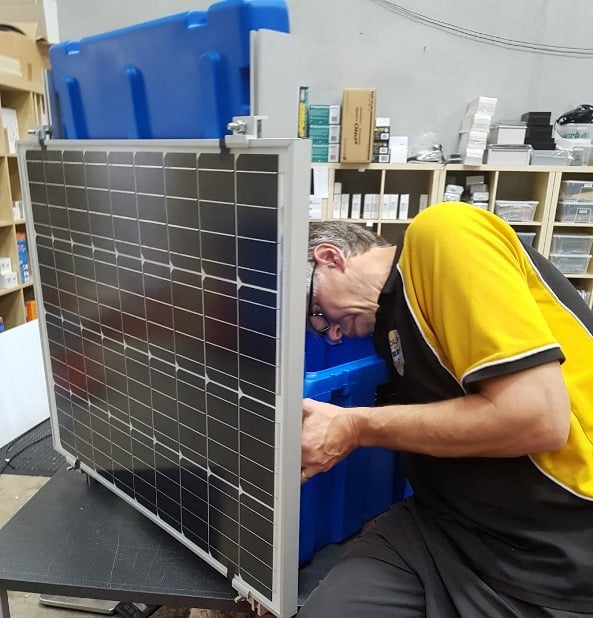Solar for sensor stations in Antarctica
Date Posted:5 November 2018
At the height of summer, Antarctica experiences 24 hours of daylight, a valuable source of renewable energy. The Australian Antrctic Division (AAD) has used solar power for a number of years to power sensors on mobile robots, automatic weather stations and VHF repeaters to extend communication coverage, and in some cases, to provide energy for field huts.
The AAD harnesses both wind and solar energy for use in remote field locations but the winds at Macquarie Island vary in direction and can reach considerable strength. Experience has shown that many wind generators will not survive the conditions at the top of the mountains of Macquarie Island so AAD only use solar power to recharge the batteries.
This design required the battery box to have solar panels attached without compromising access to the batteries so the lid needed the ability to be opened and closed. The weight of the batteries in the box will be a sufficient anchor for the panel mounted on the side of the box. Sun angles being low in Antartctica meant the vertical attachment of the solar panel would be both convenient and effective for solar harvesting in the spring and autumn as well as the summer.

The images shows the prototype being assembled. A further 7 kits were supplied based on the prototype.





























